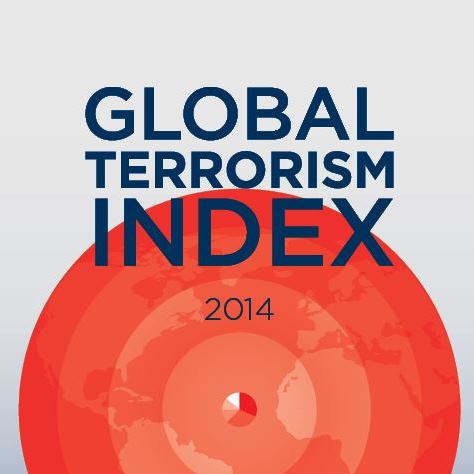The 2014 Global Terrorism Index tracks the rise and fall of the world’s largest terrorist organisations since 1998. Whilst the vast majority of terrorist groups are only responsible for a handful of deaths, a select few are responsible for the majority of death and destruction caused by terrorism in the last fifteen years. ISIL, which emerged out of Al-Qa’ida in Iraq, is one such group. This is the second edition of the Global Terrorism Index (GTI) report which provides a comprehensive summary of the key global trends and patterns in terrorism over the last 14 years beginning in 2000 and ending in 2013.
In the essay "Transnational Islamist Terrorism: Network Fragmentation and Bottom-up Regionalization" (p. 74-78) terrorism expert Ekaterina Stepanova from the Institute of World Economy & International Relations [and PONARS Eurasia member], outlines a shift in two main trends, the broader network fragmentation of the global jihadi movement and the shift from topdown to bottom-up regionalization of violent Islamic groups. She also tracks the complex evolution of ISIL as a regional force in the Middle East, and what its continued growth means for the world and region.
See the report (PDF) © The Institute for Economics and Peace (IEP)











